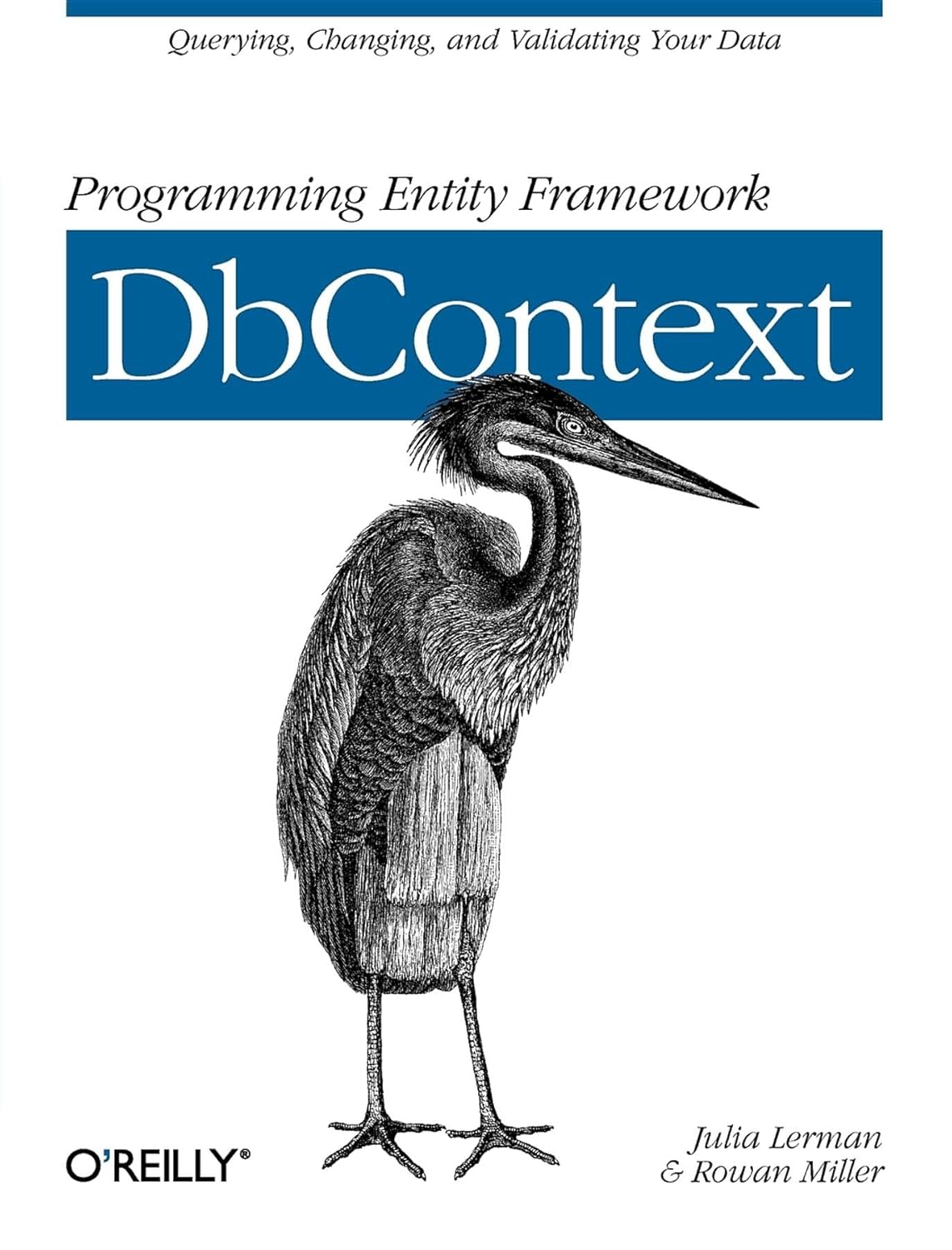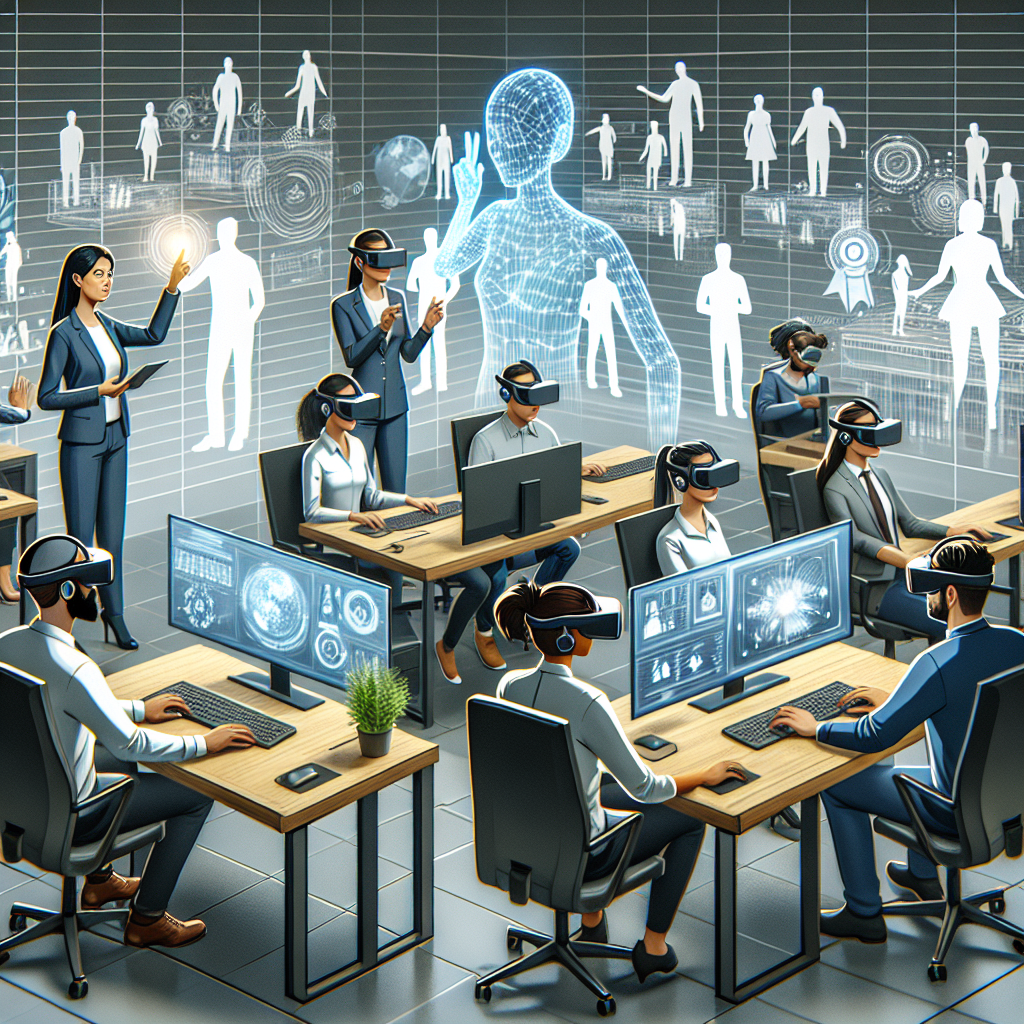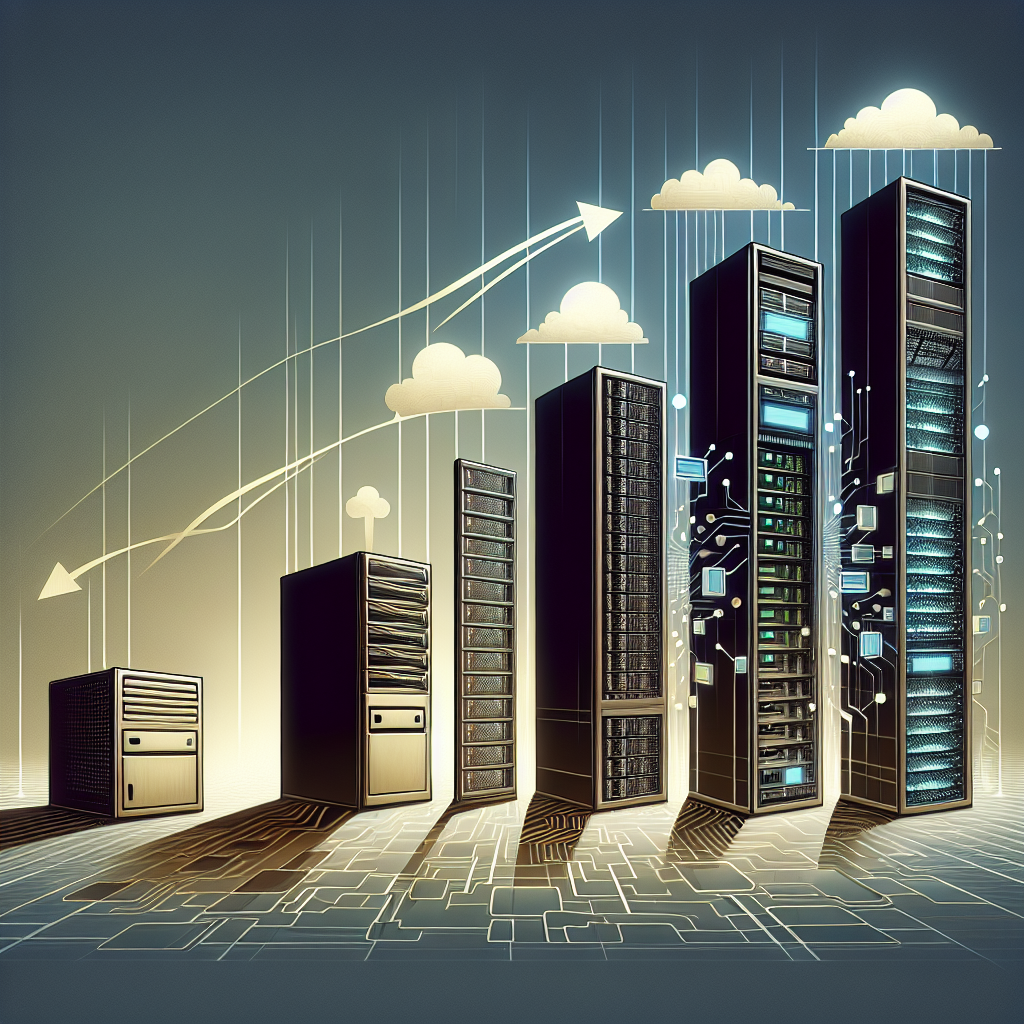Cloud computing has revolutionized the way businesses operate, offering a more efficient and cost-effective alternative to traditional IT infrastructure. The rise of cloud computing has drastically changed the IT landscape, with more and more businesses opting for cloud-based solutions to meet their computing needs.
One of the key advantages of cloud computing is its scalability. Businesses can easily scale their computing resources up or down based on their needs, without the need for expensive hardware upgrades or installations. This flexibility allows businesses to adapt quickly to changing market conditions and demands, giving them a competitive edge in today’s fast-paced business environment.
Another major benefit of cloud computing is cost savings. By moving their IT infrastructure to the cloud, businesses can eliminate the need for expensive hardware and software investments, as well as reduce the costs associated with maintaining and managing on-site servers. This can result in significant cost savings for businesses of all sizes, making cloud computing an attractive option for companies looking to streamline their operations and improve their bottom line.
In addition to scalability and cost savings, cloud computing also offers enhanced security and reliability. Cloud service providers invest heavily in state-of-the-art security measures to protect their customers’ data, ensuring that sensitive information is kept safe from cyber threats and breaches. Furthermore, cloud services are typically backed by robust disaster recovery and data backup solutions, providing businesses with peace of mind knowing that their data is secure and accessible at all times.
The rise of cloud computing has also led to the development of a wide range of cloud-based applications and services, including software as a service (SaaS), infrastructure as a service (IaaS), and platform as a service (PaaS). These cloud-based solutions provide businesses with the tools and resources they need to streamline their operations, improve collaboration, and drive innovation.
Overall, the rise of cloud computing has had a profound impact on the IT landscape, empowering businesses to operate more efficiently, cost-effectively, and securely. As more businesses continue to adopt cloud-based solutions, the IT landscape is likely to continue to evolve, with cloud computing playing an increasingly central role in shaping the future of technology and business.













